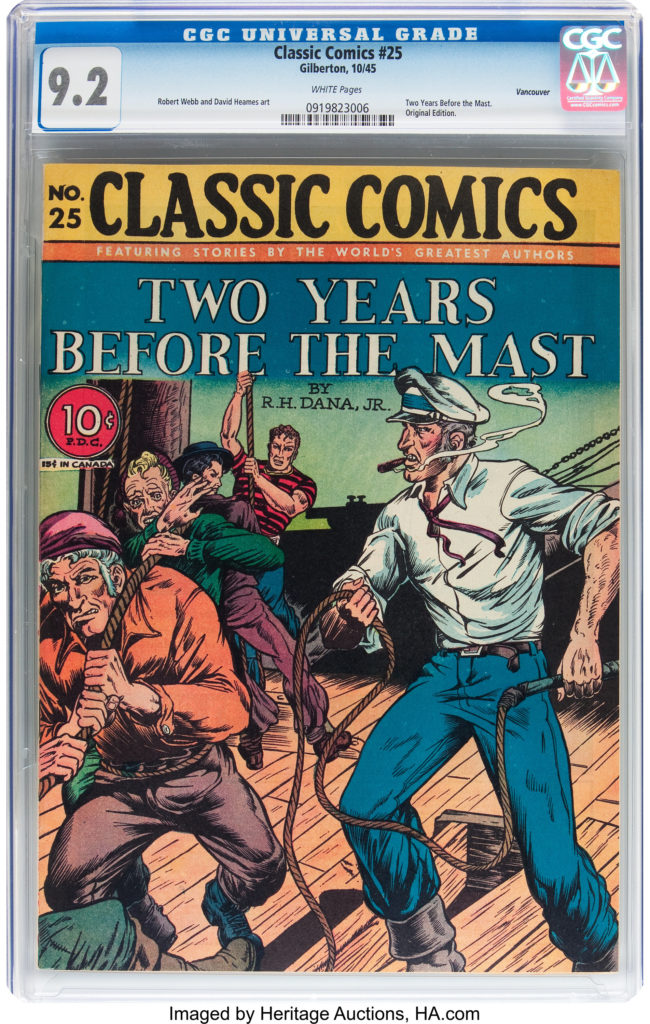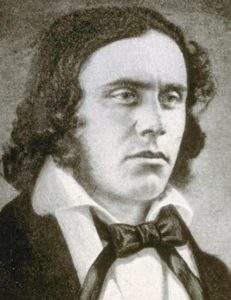
By Jim O’Neal
People of my generation are well aware that measles is a highly communicable disease, with many people usually infected in grade school. In a typical year, up to 4 million became infected, resulting in up to 500 deaths. In 1963, an effective vaccine was developed and infections plummeted as vaccination rates soared. By 2000, measles was officially declared eliminated in the United States.
So it was a surprise on July 3, 2015, when USA Today reported the death of a woman in Washington. There was another rash of infections several years ago in Southern California and there is currently an active outbreak in the Pacific Northwest. Apparently, a bogus report in the U.K. linked autism with the MMR (mumps, measles and rubella) vaccine and although thoroughly discredited, some people are cutting back on childhood vaccinations. I imagine they’re depending on other people getting vaccinated rather than taking a personal risk themselves. This has been characterized as “the most damaging medical hoax of the last 100 years.”

One man who didn’t have a choice was Harvard College student Richard Henry Dana Jr. (1815-1882). In 1831, he contracted measles and developed ophthalmia, an inflammation of the eye that’s considered a side effect. To improve his vision problems, he became a seaman in 1834 in the hope the exposure to ocean breezes would be helpful. It’s not clear if the sea air helped, but he spent two years sailing from Boston to South America and around Cape Horn to California.
The primary purpose of these voyages was to trade goods between the United States and the Spanish Colonial missions in the ports of San Diego, Santa Barbara, Monterey and San Francisco. California’s Spanish missions were a series of 21 religious outposts founded by Catholic priests to convert American Indians.
In the early 19th century, cattle ranching was the primary industry in California. The few hundred head introduced by Spanish friars 50 years earlier had flourished and grown into seemingly endless herds that roamed California’s lush grasslands. Vaqueros on horseback slaughtered the animals, skinned them and stripped off the best meat and tallow. The remains were left for coyotes and other scavengers.
The dried hides and tallow were then traded to the various ships that traveled the Pacific Coast in exchange for a wide range of goods manufactured on the East Coast of the United States. The cowhides were inevitably known as “California Banknotes” as they were the primary medium of exchange in the lucrative hide and tallow trade.
The San Diego port became a big market since it had an excellent harbor, a climate that was ideal for drying the hides and proximity to the entire coastline. The hides were destined to become shoes and boots while the tallow was used to make candles in lieu of the whale oil lamps in the East. It seemed like an ideal situation for all (except perhaps the cattle) until Dana pointed out that Californians were trading for shoes made from their own cowhides, produced far away in New England factories. Thus the leather had traveled around Cape Horn twice before Californians got to wear it – and all the profits remained in the East.
After returning home to New England, Dana wrote the memoir Two Years Before the Mast, which chronicled his sea travels, under the heavy foot of the captain, and observed that Californians were “an idle, shiftless people and can make nothing for themselves.” West Coast ranchers shipped out well over 1.2 million hides by 1845 that decimated the herds of cattle much as the buffalo would suffer in the Midwest. As Dana would observe, “In the hands of enterprising people, what a country this California could be.”
He was obviously unaware of their propensity to build a vast network of crowded freeways where cars can zip along at 5 mph or their obsession with high-speed rail between low-density, obscure locations. However, Dana’s book became a bestseller when gold was discovered and people flocked to California from all over the world. His book was one of the few travel guides available and it was highly sought after by the Forty-Niners. It was also made into a movie, released in 1946 and starring Alan Ladd and directed by John Farrow, who married Maureen O’Sullivan and had seven children (including Mia). The film was one of the most popular films released that year.
In 1869, Dana published an update of his famous book, Twenty-Four Years After, in which he was still arguing for improved conditions for seagoing men.
 Intelligent Collector blogger JIM O’NEAL is an avid collector and history buff. He is president and CEO of Frito-Lay International [retired] and earlier served as chair and CEO of PepsiCo Restaurants International [KFC Pizza Hut and Taco Bell].
Intelligent Collector blogger JIM O’NEAL is an avid collector and history buff. He is president and CEO of Frito-Lay International [retired] and earlier served as chair and CEO of PepsiCo Restaurants International [KFC Pizza Hut and Taco Bell].
